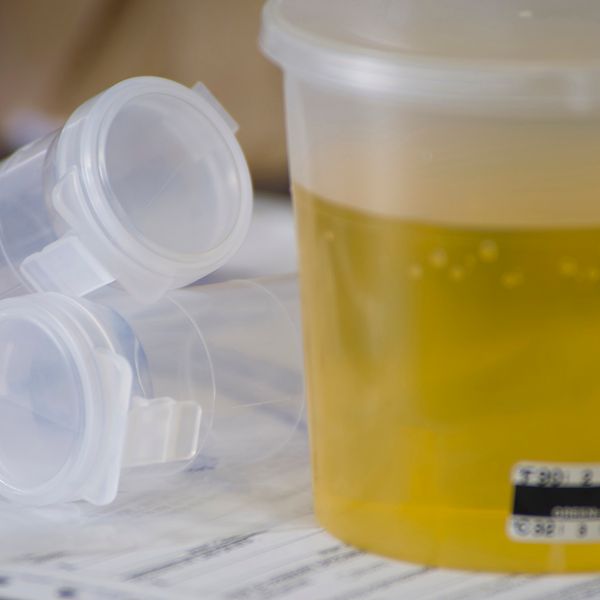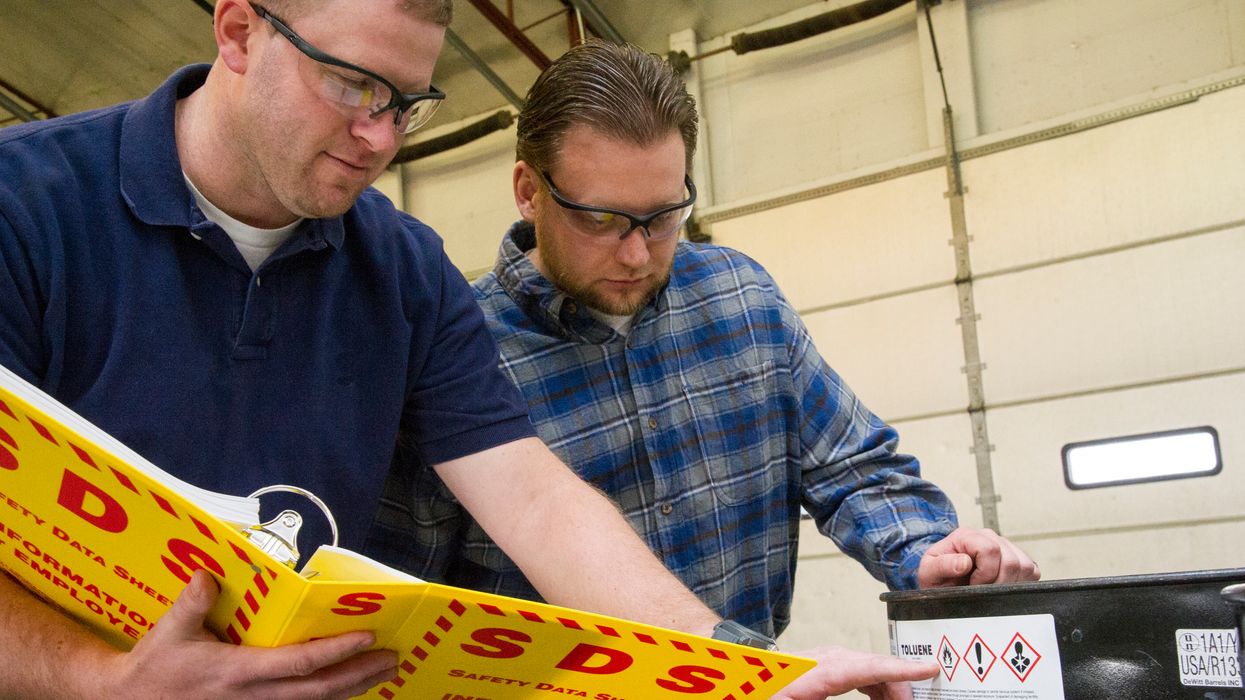When the math doesn’t add up: Tracking your DOT drug tests
It’s a fact of life. Mistakes happen during DOT testing. But these mistakes might come to light if you’re asked to complete the Management Information System (MIS) form or subject to an audit.
Should motor carriers be nervous if their lab summaries don’t match their calendar year summary?
A discrepancy between the two data sources might be due to:
- The number of tests processed by a lab for the carrier,
- Downgraded drug tests, and
- Upgraded drug tests.
Not enough to report
Lab summaries are sent semi-annually (January and July) to employers with five or more drug test results through the lab in the six-month period. If you did not meet the minimum tests, you will not receive the report.
One of the more common reasons for not receiving a report is unrelated to carrier size. Often motor carriers scrambled to arrange post-accident testing following a crash. As a result, an unfamiliar collection site might send the specimen to a lab it typically works with, but one that the carrier hasn’t used previously. This single drug test will be unaccounted for when looking at your lab summary.
Not really a DOT test
It’s a common occurrence. A collector sees that the employer requesting the test is a motor carrier client. The collector automatically grabs a Federal Drug Testing Custody and Control Form (CCF), the form used for DOT testing.
You cannot use this form when requesting non-DOT testing on:
- Non-driving personnel (receptionist, warehouse personnel), and
- Non-CDL commercial motor vehicle (CMV) drivers.
Other times, the error is on the motor carrier. There may instances when the supervisor:
- Requests a federal test when DOT post-accident testing criteria were not met, or
- Fails to clearly communicate with the collection site that it is a non-DOT drug test.
Use of the federal CCF does little damage if the result is negative. The error be remedied through a signed statement by the supervisor and/or collector explaining that it was supposed to be a non-DOT test. The Federal Motor Carrier Safety Administration (FMCSA) is not involved in the process. In fact, the agency has made it clear that they don’t want you to reach out to them in this scenario.
On the other hand, a failed DOT drug test can ruin the career for someone who holds a commercial driver’s license (CDL). It’s reported to the Drug and Alcohol Clearinghouse by the medical review officer. The CDL holder is now in a “prohibited” status and unable to operate even a non-CDL CMV.
It’s more complicated to correct a failed drug test that used a federal CCF in error. It requires that the motor carrier or employee submit a petition to downgrade the test to non-DOT. The request is made through a DataQs account. FMCSA will investigate the circumstances and decide whether to downgrade and remove it from the Clearinghouse.
In both cases, the rules do not require that the employer contact the lab to redesignate the result as non-DOT (remove it from the lab summary). Some labs may accommodate such a request, while others will not entertain it.
Misidentified as non-DOT
There may be times when you need a test changed from non-DOT to DOT because a federal CCF was not used. These errors may stem from a lack of communication on the part of the motor carrier to the collection site or a mistake made by the collector.
The regulations allow the carrier to use the results, providing the specimen met DOT testing requirements. In other words, it was collected using Part 40 procedures and sent to a certified laboratory and processed using the same procedures as a DOT specimen.
The regulations require a signed statement (i.e., memorandum for the record) made by the collector or employer stating that:
- An incorrect form was used inadvertently or as the only means of conducting the test, and
- The incorrect form contains all the necessary information needed for a valid DOT drug test.
The statement must also contain steps taken so the error does not happen in the future.
And just like trying to reverse a DOT to non-DOT, asking your lab to add it to the DOT lab summary may be futile. It is the lab’s policy on how they wish to handle it.
FMCSA’s take on the discrepancy
FMCSA knows that the lab summaries often do not match a motor carrier’s tracking of completed drug tests. In the event a test is downgraded or upgraded, the carrier must know enough to remove or add the test to its tracking.
Carriers must be prepared to explain the discrepancy in the event of an audit, showing documentation associated with the added or removed drug test. In addition, you should be ready to demonstrate what you changed so similar events do not happen in the future, such as switching collection facilities, formalizing communication with the collection site when requesting tests, and/or training those at the motor carrier responsible for drug testing.
Key to remember: A margin of error is expected between actual DOT tests and those reported by the carrier’s lab. However, you must have documentation on the mistakes and the changes made in the testing process that resulted in the inconsistency.



















































